#substrate
Text
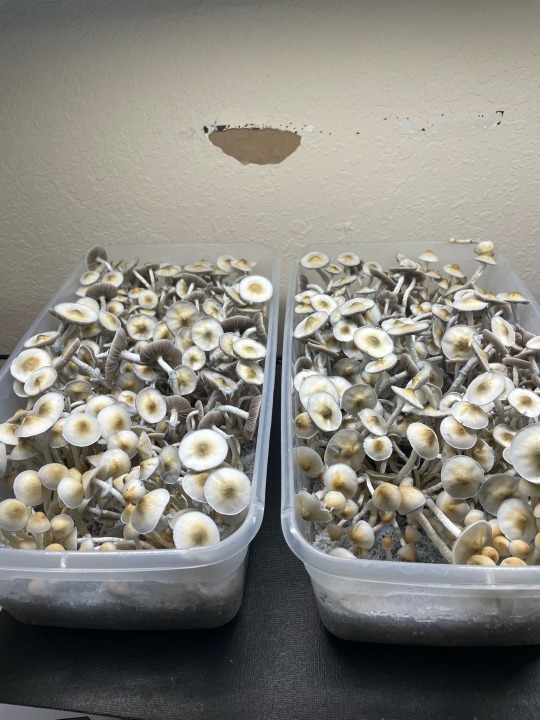







Timelapse each is 12 hours apart !
McKennaii
#60s psychedelia#lgbtqia#lgbtqia2s#lgbtqia2s+#magic mushies#microbiology#mold#myc#mycelium#mycology#enby#fungi#fungus#gay#nb#substrate#mushroom#funthem#funthey#magic mushroom
29 notes
·
View notes
Text
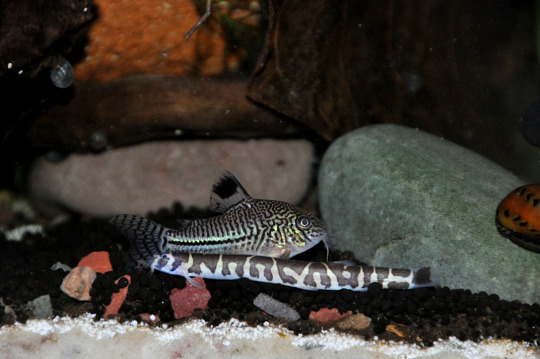
This area used to be covered with two + inches of sand. Note the past tense. Who is responsible for the rock exposure? You are looking at two of the culprits. I have re-sanded this area three times now. This tank is getting torn down and the substrate redone. The exposed rock is not good for the barbels of the Corys, the Loaches or the Garras. Masochists.
8 notes
·
View notes
Text

3 notes
·
View notes
Text
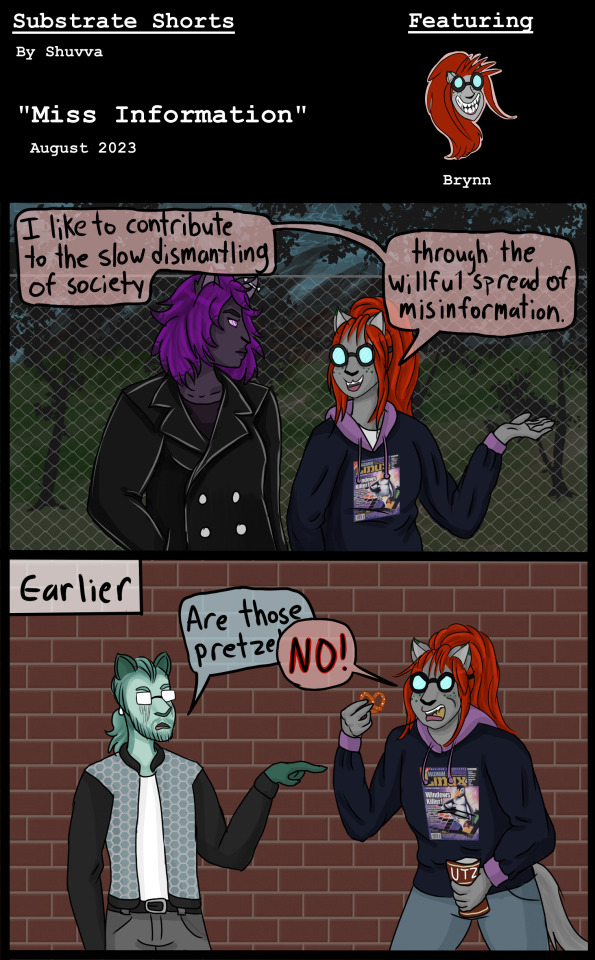
Substrate Shorts
“Miss Information”
August 2023
---
If you lie to people offline, it's just called Sparkling Deception.
7 notes
·
View notes
Text
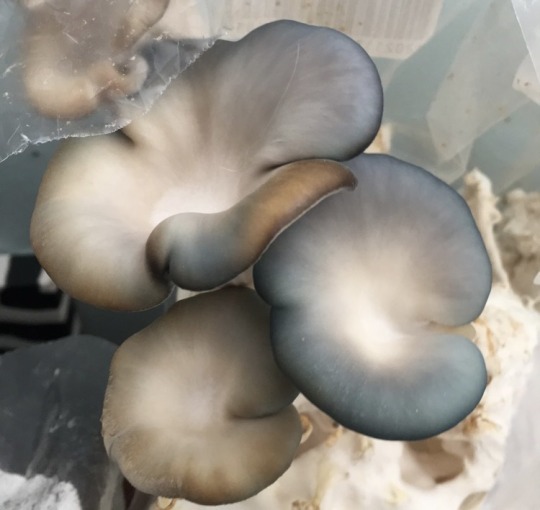
#mine#mushrooms#blue oyster mushroom#oyster mushrooms#blue oyster mushrooms#fungi#fungus#homegrown#substrate#mushroom#fungi photography#upload#blue#nature#aesthetic#my photo#my mushrooms
4 notes
·
View notes
Text
First post- here we go! 😁
⛰️Substrate / Flooring
So! You’re setting up your first gecko enclosure or maybe you’re just looking to change substrates and don’t know what to choose. I’ve tried many different types and so I’d like to say I have some pretty good advice.
Let’s get something out of the way…
‼️Do not use dirt from outside inside of your tanks. I have seen this happen too many times and it rarely ends well. Risks include parasites, insects, pesticides, and more.‼️
🧻 Paper towels. While they may not be the prettiest, they make a great substrate as they are cheap and easily accessible. If you have a sick gecko, they are also great for checking for discolored feces.
The downsides? Your gecko will definitely find a way to hide between the sheets and you must replace them every few days. ✅
🥥 Coconut fiber bricks can be purchased from your local pet shop for about $7 last I checked. The bricks expand once soaked in water and hold moisture very well which is great for tropical species like Cresties.
While impaction is possible, it has NEVER been an issue with my geckos. This is what I’d recommend for any beginners! ✅
🏜️ Sand. Absolutely not. This is never a good idea and a complete waste of your money. I can’t even list all the reasons that this is not okay. ❌
If you want to know about Bioactive setups, I’ll make an entire post about that!
#crested gecko#cresties#geckos#gecko#pet care#reptile#reptileblr#reptile husbandry#gecko care#new crested gecko#substrate#pet advice#geckoblr#yes I did feel it was necessary to say sand is NOT okay#first post
3 notes
·
View notes
Text

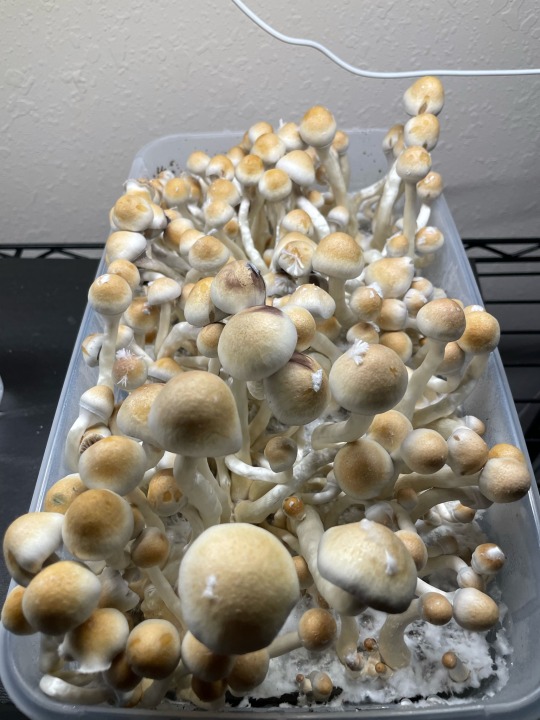
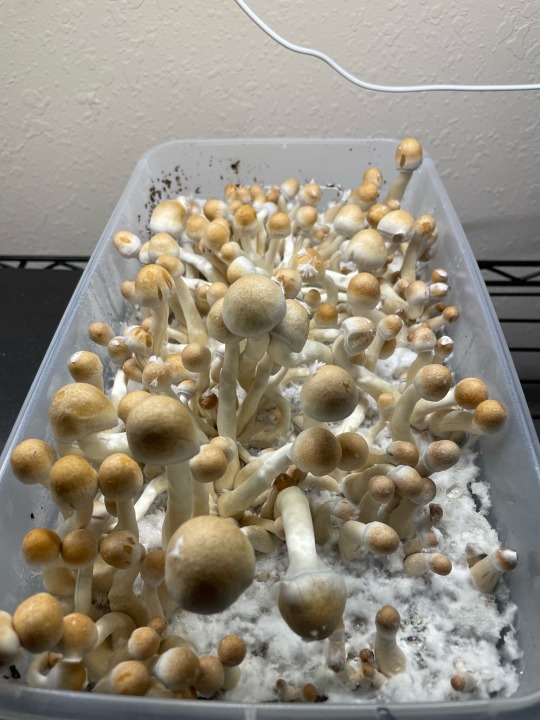


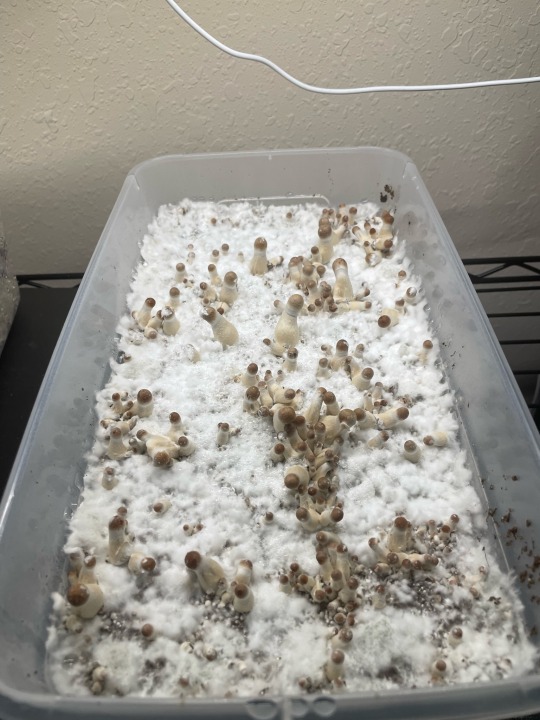
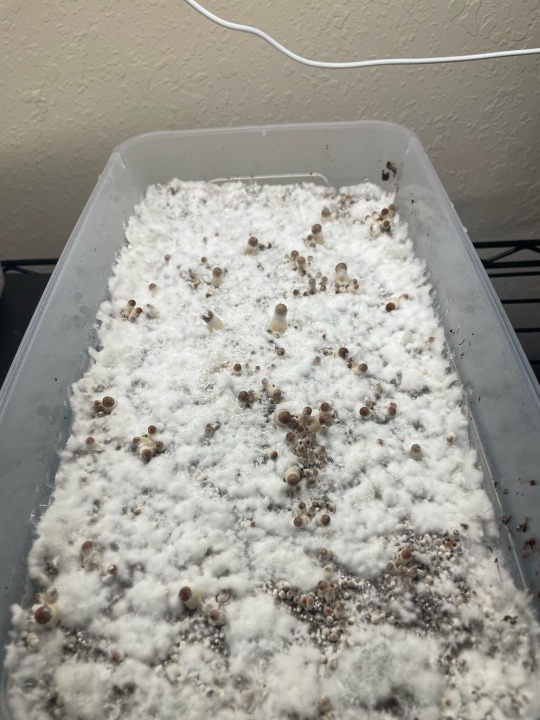

Making a GIF later today after I get final flush pic later today after work :) this is about a week of pinning then maturity :)
IG: myco_chaotix
u/Dry_Cardiologist8370
#mycology#myco#gay#mushroom#art#fungi#mycelium#mushies#mycochaos#magic mushies#natalensis#p nat#psilocybe#psilocybe natalensis#substrate#spore#nature#time lapse stills#lgbt#enby#myco chaotix#myocchaotix#myco chaos
12 notes
·
View notes
Text
Help me😭
I've just got a tropical freshwater fish tank and I'm currently cycling it before putting fish in. I have 3 different establishing plants and did a lot of research before hand but I've used aquarium soil as my ONLY substrate. Is that harmful? Did I need to cover it with a thin layer of a different substrate?
My tank is less murky from when I first set it up and it's only day 2 of me having it but there's like a mist floating around which is most likely the soil. I've been told that is should settle after a few days but the internet says I should've put another substrate on top.
If I leave the soil as the only base would it harm the fish I put in and if so how easy would it be to put a layer of gravel or sand over it since I've already planted the tank? I was thinking about getting Zebra Danios and want to know if the substrate is safe.
Is it true that the soil increases the ammonia in the tank? I'm planning on testing it tomorrow for ammonia anyway.
I love fish (obviously) and want to get it right before I get some. Having the right pH, temperature and environment is really important for them so if anyone knows anything please help me😭 I would also love any other tips on fishkeeping.
This is the exact soil I have;



This is a video of my tank right now;
Thank you🥲
6 notes
·
View notes
Text
Over the post year I have had three freshwater aquariums with different substrates. The substrate I used were fine grain sand, slate rock, and creek pebbles. My reasoning was to see which substrate would be the best in terms of less water changes and overall cleanliness of the tank. Each of my tanks house mystery snails, zebra snails, and ramshorn snails. I found that the creek pebbles over the course of a year was the best substrate choice for my invertebrates.
2 notes
·
View notes
Text
Stop Motion Enzyme Reactions
#science#illustration#photography#studyblr#anabolism#catabolism#enzymes#reaction#biology#international baccalaureate#ib biology#stop motion#academic assignments#substrate
5 notes
·
View notes
Text
The Benefits of Using Coco Coir for Successful Mushroom Cultivation
Introduction: Mushroom cultivation is a fascinating and rewarding endeavor that has gained popularity among enthusiasts and commercial growers alike. While mushrooms don't grow in traditional soil, the choice of substrate plays a pivotal role in their growth and development. One substrate that has gained prominence in recent years is coco coir, a natural byproduct of coconut processing. In this blog post, we'll explore why coco coir is an excellent choice for cultivating mushrooms and how its unique properties contribute to successful cultivation.
1. Exceptional Moisture Retention: Coco coir, derived from coconut husks, is known for its exceptional water-holding capacity. This feature is crucial for mushroom cultivation, as maintaining consistent moisture levels is essential for mycelium colonization and subsequent fruiting. Unlike some other substrates, coco coir retains moisture while still allowing excess water to drain, creating an ideal environment for healthy mycelial growth.
2. Optimal Texture: The texture of coco coir is another factor that makes it well-suited for mushroom cultivation. Its fibrous structure provides ample surface area for mycelium to spread and establish a robust network. This is particularly important during the colonization phase when mycelium growth needs a suitable substrate to expand.
3. pH Neutrality and Versatility: Coco coir typically has a near-neutral pH, which can be advantageous when growing mushrooms. It provides a stable starting point for adjusting pH levels to suit the specific needs of different mushroom species. Moreover, coco coir's neutral nature allows growers to customize nutrient supplementation more effectively, creating an optimal environment for mushroom growth.
4. Resistance to Contaminants: Contaminants can quickly derail a mushroom cultivation project. Coco coir's natural composition and structure offer some resistance to common contaminants, reducing the risk of unwanted organisms taking over the substrate. This feature makes coco coir a reliable choice, especially for beginners who are learning the ropes of mushroom cultivation.
5. Eco-Friendly and Sustainable: Coco coir is a renewable resource, making it an environmentally conscious choice for substrate material. As coconut husks are a byproduct of the coconut industry, using coco coir also helps in reducing waste and promoting sustainable practices.
6. Ease of Sourcing and Preparation: Coco coir is widely available from gardening centers, agricultural suppliers, and online stores. It usually comes in a dehydrated form, making it easy to transport and store. When ready to use, it only requires rehydration with water, a straightforward process that saves time compared to preparing other substrates.
Conclusion: In the world of mushroom cultivation, choosing the right substrate can significantly impact the success of your endeavors. Coco coir stands out as an exceptional choice, offering benefits such as optimal moisture retention, texture, versatility, and resistance to contaminants. Whether you're a novice cultivator or an experienced grower, integrating coco coir into your mushroom cultivation journey can enhance your chances of achieving healthy and bountiful harvests.
#Mushroom Cultivation#Coco Coir#Substrate#Mushroom Growing#Mushroom Farming#Fungal Cultivation#Horticulture#Sustainable Agriculture#Moisture Retention#pH Neutrality#Eco-Friendly#Contaminant Resistance#Mycelium Growth#Organic Gardening#Agricultural Sustainability#Gardening Tips#Mushroom Enthusiast#Mushroom Farm#Mushroom Harvest#Mushroom Species
4 notes
·
View notes
Text
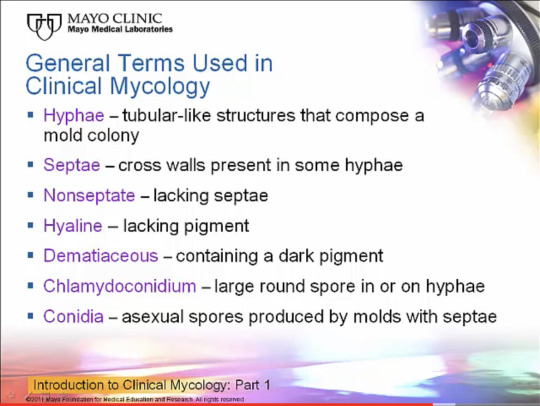

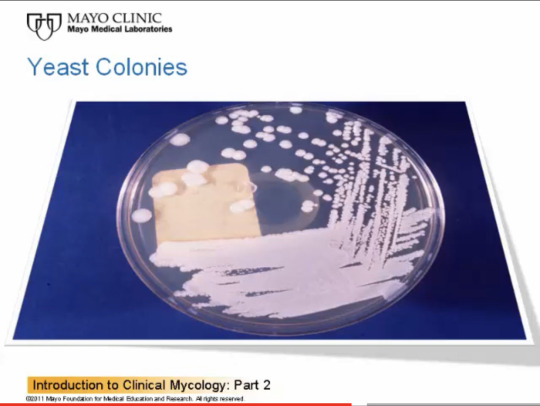



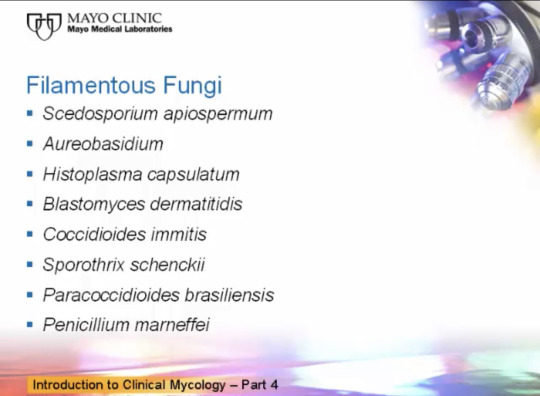

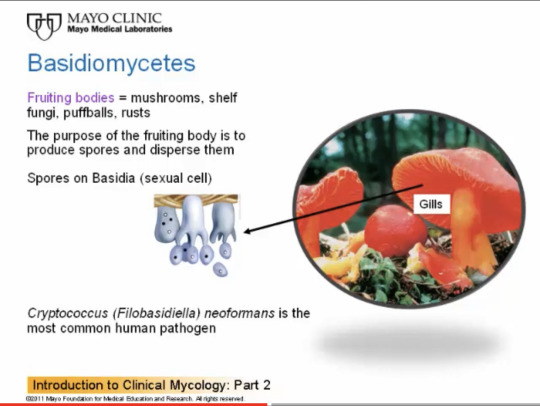
#myco chaotix#60s psychedelia#lgbtqia#lgbtqia2s#lgbtqia2s+#magic mushies#microbiology#mold#myc#mycelium#mycology#enby#gay#mushroom#fungi#fungus#nb#substrate#funthem#funthey#magic mushroom#clinical#clincal mycology#mayo clinic
13 notes
·
View notes
Photo
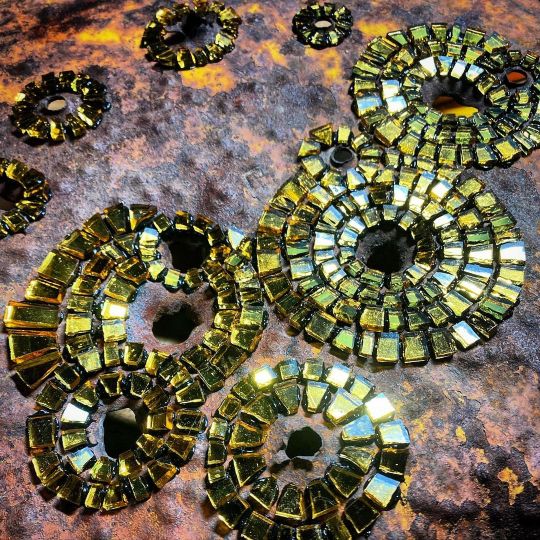
Work in progress. #mosaic #art #annemarieprice #workinprogress #mosaicart #gold #CA #upcyled #substrate https://www.instagram.com/p/Co6vRTPu_7J/?igshid=NGJjMDIxMWI=
2 notes
·
View notes
Text
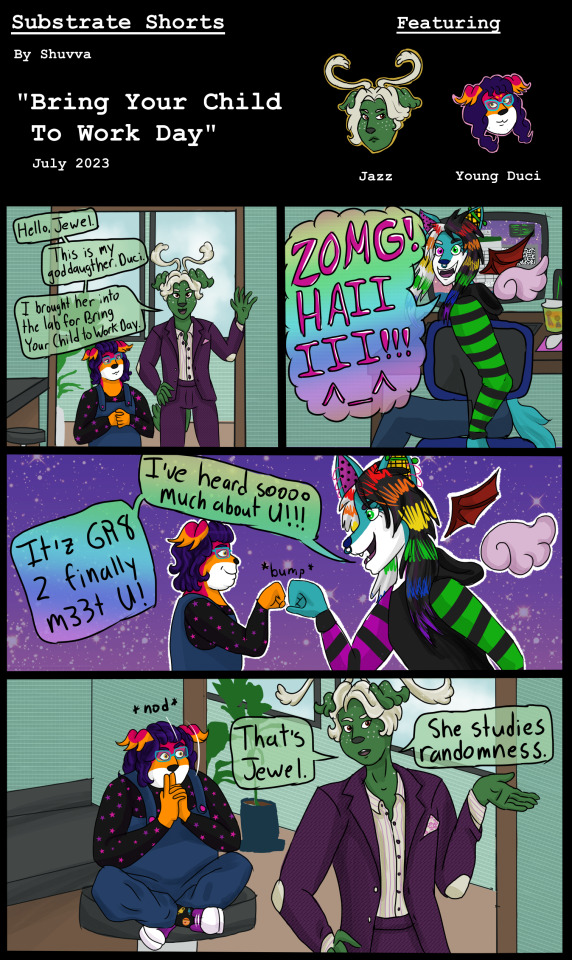
Substrate Shorts
“Bring Your Child To Work Day"
July 2023
---
Young Duci meets Jazz's graduate students
Featuring
Jazz (An exceedingly well-dressed androgynous anthro canine with green fur, white freckles, and curly blonde hair)
Young Duci (A chubby preteen pink, orange & white anthro canine with curly black hair and teal glasses)
---
(Jazz and Young Duci are standing in the doorway of a university office)
Jazz: Hello, Jewel, this is my goddaughter, Duci. I brought her into the lab for Bring Your Child To Work Day.
(Jewel, a blue sparkledog with rainbow scene hair, turns around from her lab computer looking EXTREMELY excited)
Jewel: ZOMG, HAIIIIII!!!!! ^_^
(Jewel and Duci fist-bump in front of a glittery background)
Jewel: It'z GR8 2 finally m33t U! I've heard SOOOOOOOOO much about U!
(Jazz explains to Duci as Duci nods)
Jazz: That's Jewel. She studies randomness.
6 notes
·
View notes
Video
Amorphous Photography : Star Trails/Washing Line by Russell Moreton
Via Flickr:
Prints from an Archive of Negatives Stand Development Rodinal 1:100
#amorphous#photography#abstract#Place#journey#analogue#film#negatives#prints#substrate#light#re-presented#archive#unknowable#subject#things#Russell Moreton#visual art#visual fine art#spatial practice#research creation#ecology of experience#useless flickr uploader#The Lightness of Being#diffractive#flickr
2 notes
·
View notes
Text
Ideas cannot exist only "in the mind"
There is no sense in which an idea can exist only "in the mind." To come to understand and consider any idea is the outcome of actions such as learning and thinking, which require the employment of a substrate called the physical person. And to bring a given idea to mind from storage is also an action with specific costs.
Thinking of philosophy means that one is unable to also play football, at least not well. There is a choice and act involved in considering any given concept as opposed to any other, or to engaging in some other less abstract activity altogether. The mind does not exist without the substrate of body/brain. Nor is it reducible to such substrate.
Consciousness is an emergent layer of complexity that has evolved out of, and along with, biological structures. Those are scarce resources, which when used in one way cannot also be used in another incompatible way.
On the other hand, no idea exists outside the mind either. Ideas only register within active human understandings within each person. The external markers for ideas, such as books, or instantiations of ideas in the form of physical structures and systems, are, without the ongoing individual human activities of deriving and imputing meaning to them, merely so many rearranged atoms with no significance.
Significance comes about when living people relate to them as being meaningful. Just as the mind is emergent from and with the biological layer, ideas and meanings are emergent from and with the mind layer.
— Konrad Graf
#ideas#intellectual property#reality#understanding#epistemology#a priori#Konrad Graf#atosm#reducible#substrate#dualism#epistemological dualism#methodological dualism#body#brain#Consciousness
6 notes
·
View notes